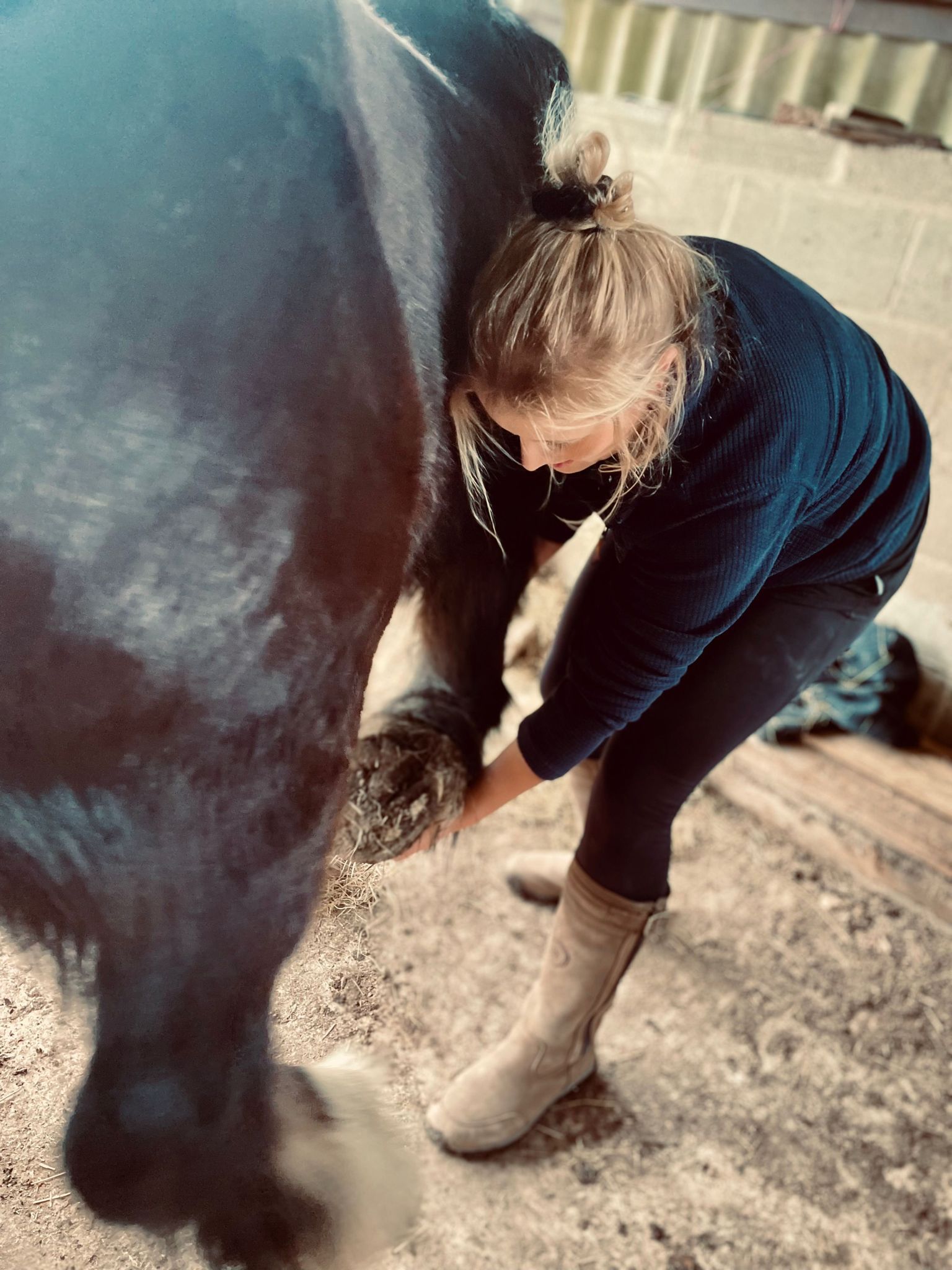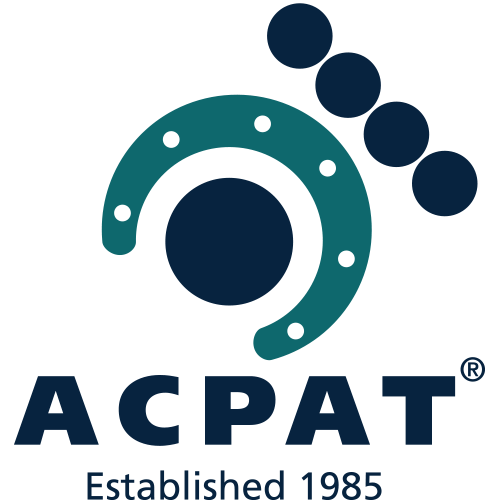Services & Treatments
From consultation to cure.
Treatments
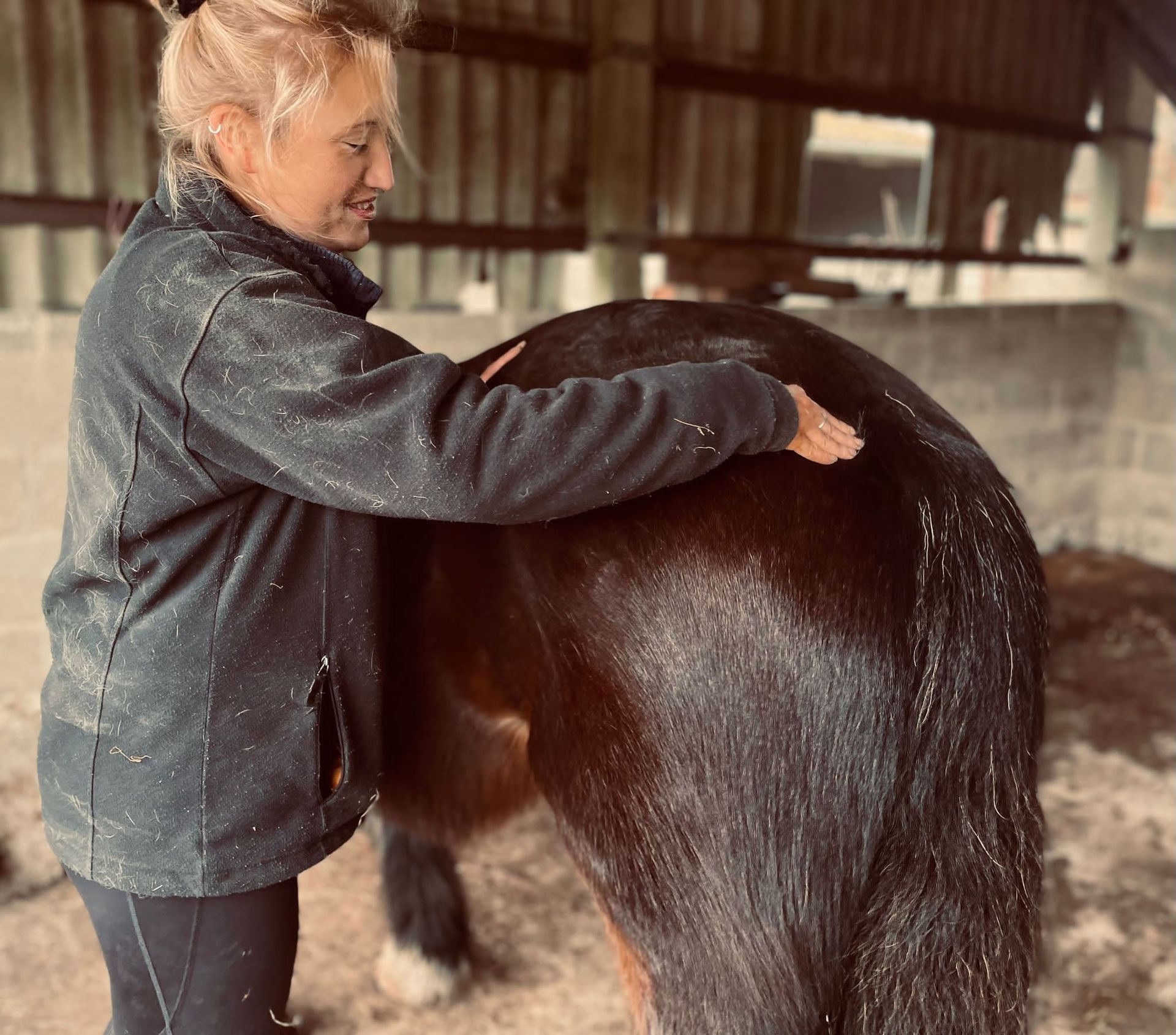
Manual Therapies
Button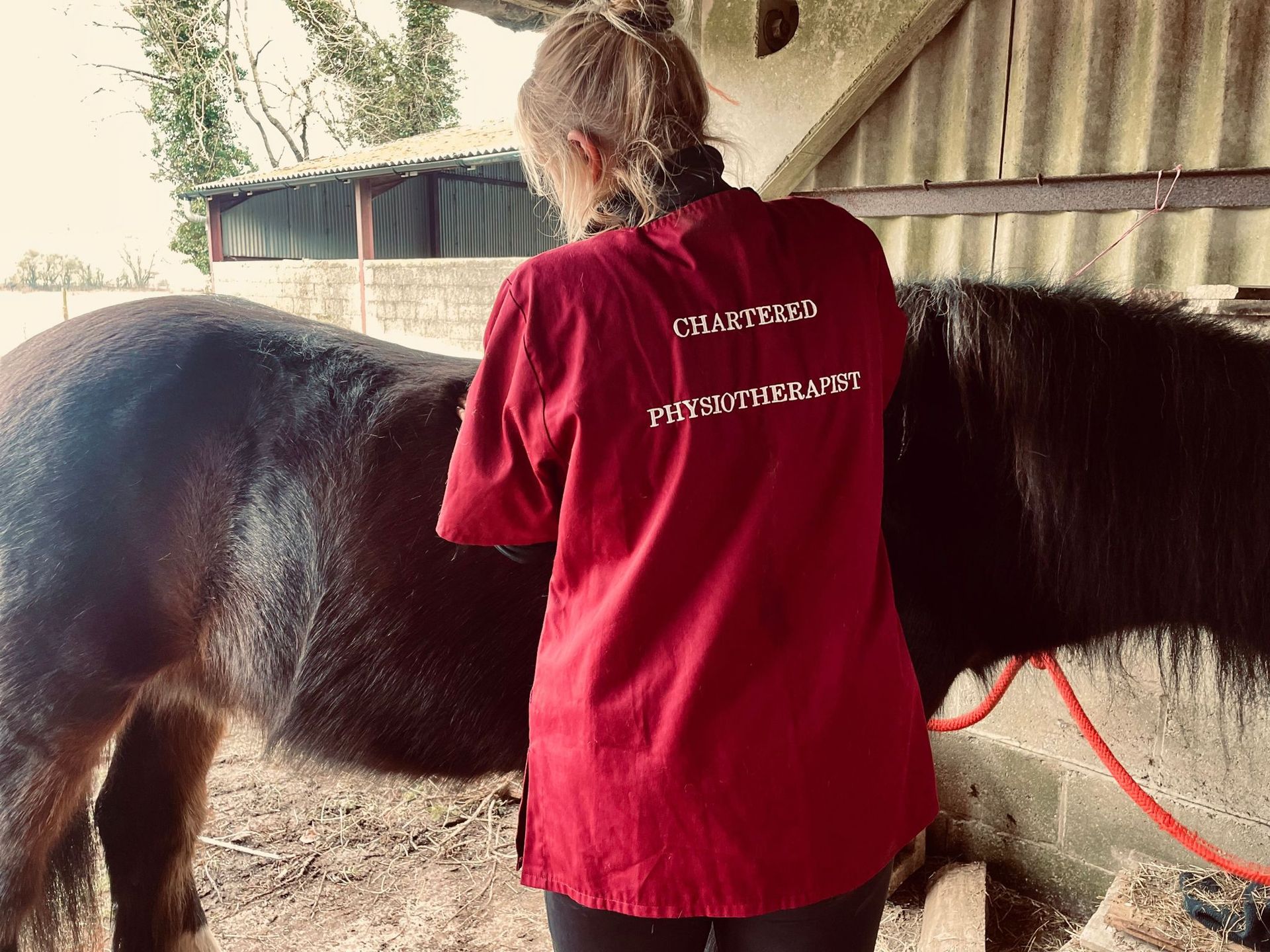
Reflex/Reciprocal Inhibition
Write your caption hereButton
Trigger Pointing
Write your caption hereButtonMyofascial Release
Write your caption hereButton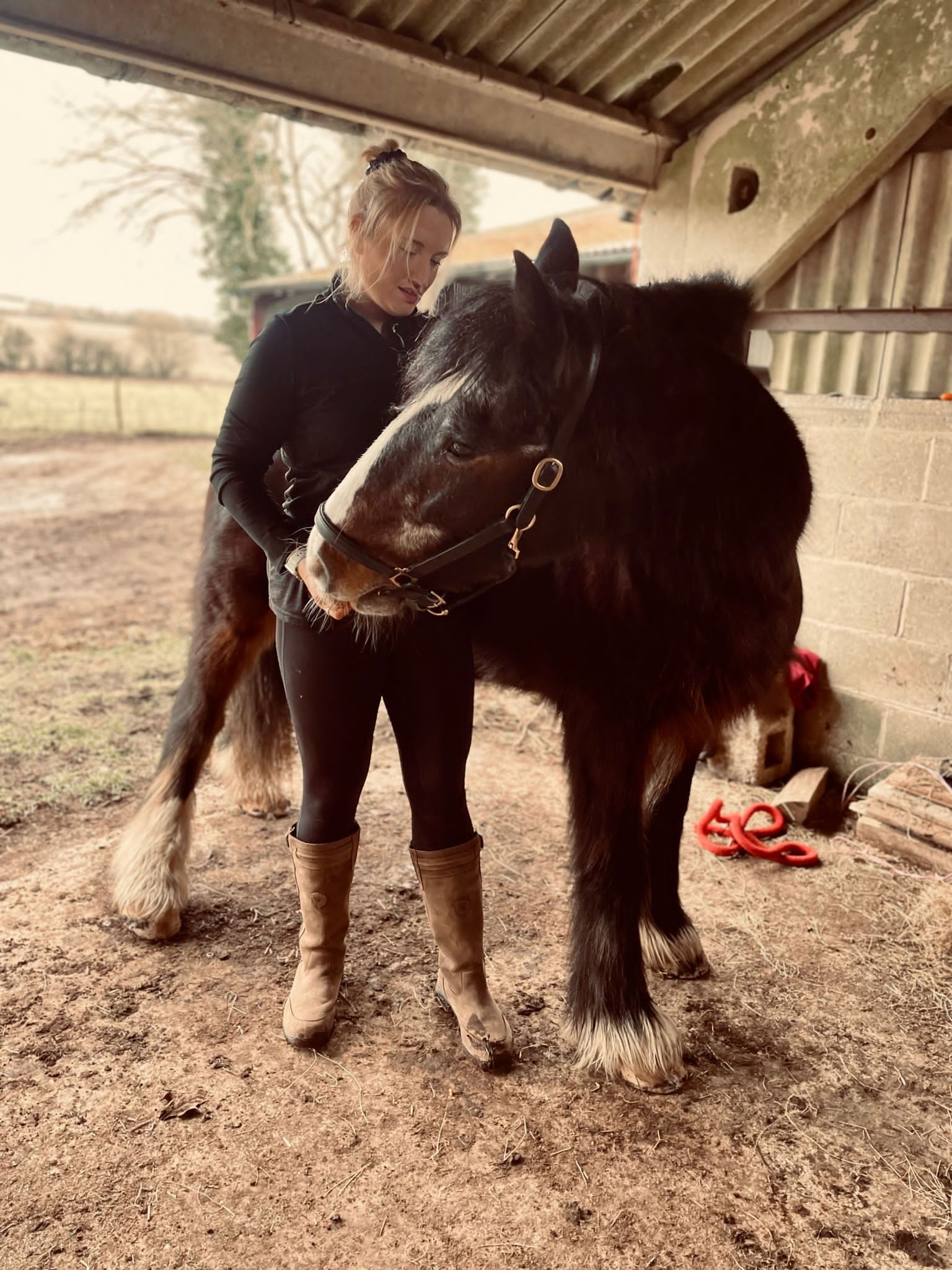
Joint Mobilisation
Write your caption hereButton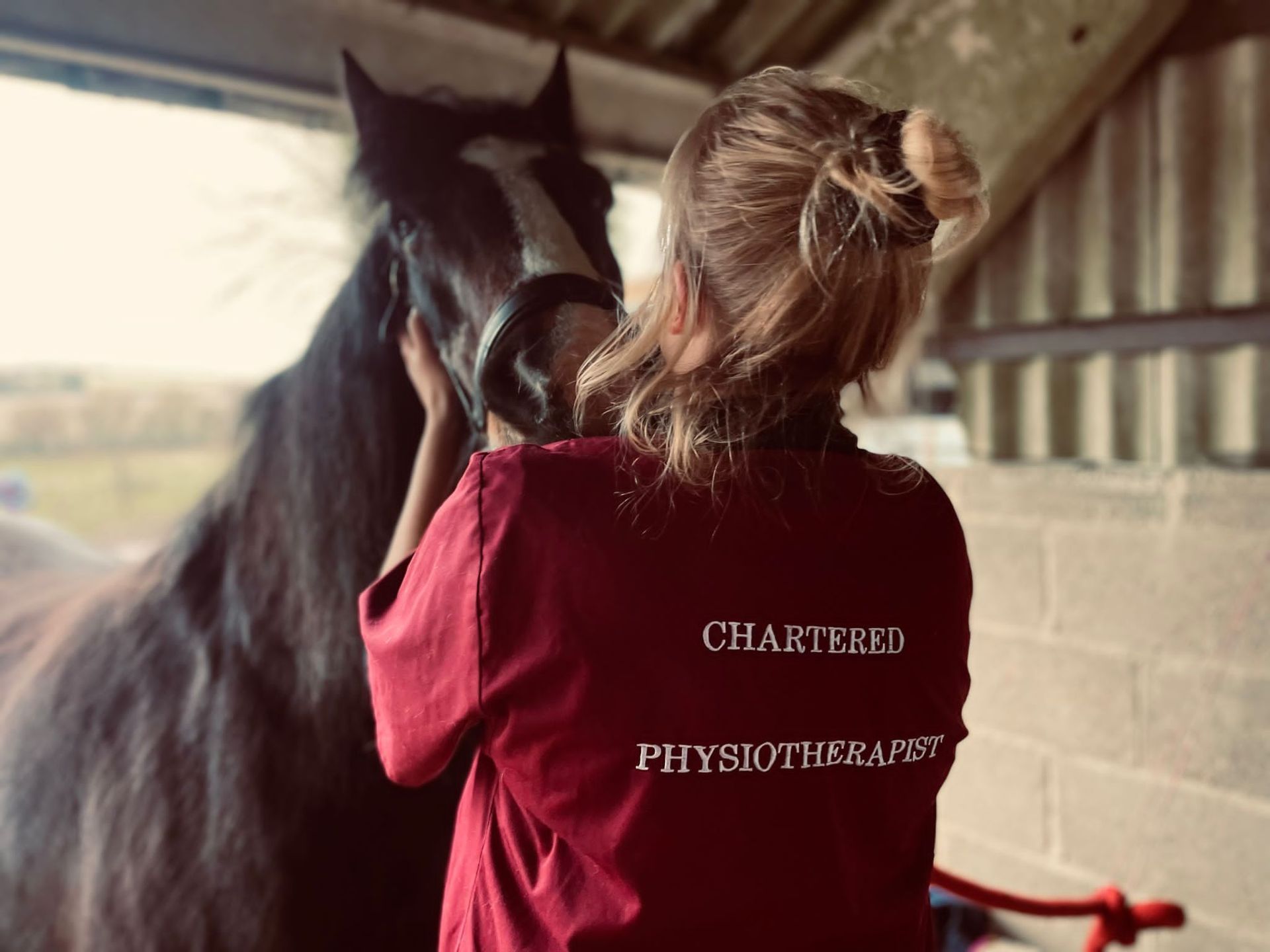
Neuromuscular Electrical Stimulation (NMES)
Write your caption hereButton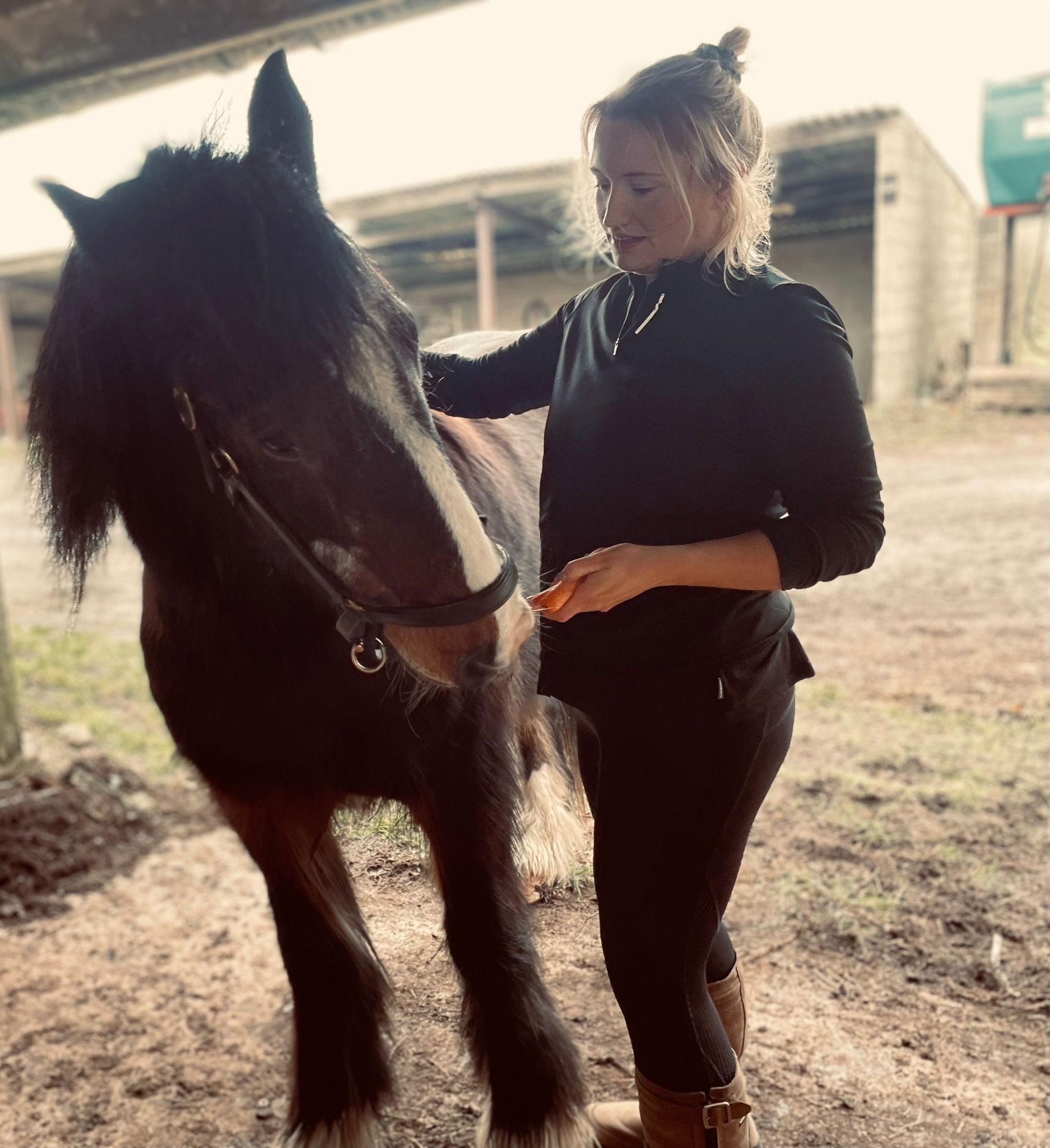
LED Phototherapy
Write your caption hereButton
-
Manual Therapies
The majority of manual therapy techniques are used cross all disciplines in Human Physiotherapy and are transferred to horses. Manual therapy uses soft tissue techniques which have an effect on the biomechanical, physiological, neurological and psychological systems in the horse.
Many manual therapy techniques are used such as Reflex/Reciprocal Inhibition, trigger point release, myofascial release, joint mobilisations.
-
Reflex/Reciprocal Inhibition
Reciprocal Inhibition and Reflex treats muscle spasm and restores normal muscle tone and length. The technique the Physiotherapist uses stimulates the Golgi Tendon Organ of the agonist muscle.
This causes the muscle to contract and initiates involuntary relaxation of the opposing antagonist muscle.
-
Trigger Pointing
Trigger points are areas of increased tone within the muscle belly. The Physiotherapist applies and sustains graded pressure on the trigger point which momentarily stops blood flow to the area.
The Physiotherapist then releases the pressure and blood flow transporting nutritional properties and cell modulation surges into the area, thereby promoting healing.
-
Myofascial Release
Fascia is a band or sheet of connective tissue below the skin. It attaches, stabilises and separates muscles and organs. Tight fascia can be caused by persistent muscle tension, adhesions, scars and tears. It can lead to reduced range of movement, increased neural tension and cause pain.
Physiotherapy can loosen the fascia and encourage the fresh blood and nutritional properties into the area to promote healing.
-
Joint Mobilisation
Joint mobility is effected by range of movement which all contributes towards joint stability. Too much range of movement can lead to “loose” joints and hypermobility and cause joint instability. The Physiotherapist can prescribe strengthening exercises to stabilise the joints. Too little range of movement can lead to restricted joints and hypomobility and cause stiffness.
The Physiotherapist uses graded passive mobilisations to restore joint function and range of movement.
-
Neuromuscular Electrical Stimulation (NMES)
This is a non-invasive mode of electrotherapy. Electrodes are applied to the horse’s skin, and an electric current penetrates the deeper muscles and causes them to contract.
Nutrient rich blood is flushed into the area (often the muscles have become ischaemic) and increases circulation which promotes healing, pain relief and assists in restoring the muscle to being soft and supple which is necessary for optimal function.
-
LED Phototherapy
A non-invasive treatment tool for numerous acute and chronic conditions on small animals, domestic pets, horses and livestock.
Wounds including bites, stiff joints and osteoarthritis are a few of the conditions I can help with phototherapy.
Rehab Programmes
Vitally important as all animals, both large and small, need to be able to move around comfortably and perform their daily functions to ensure quality of life.
Aimed at restoring full functional activities, and may include the following:
- Baited active mobilising exercises
- Exercise therapy through play
- Muscle strengthening & core stability exercises
- Balance and co-ordination exercises
- Proprioceptive/natural balance re-education
- Gait re-education and training
- Retraining functional activities and movement patterns
- Sport specific rehab

Exercise & Advice
In Human Physiotherapy, exercise prescriptions and advice are provided across all disciplines, especially in musculoskeletal, neurological and post-op rehabilitation. Stretches are prescribed to maintain and/or increase muscle length and joint range of movement which is essential for optimal muscle function.
Physiotherapists are experienced in prescribing and progressing graded exercise programs whilst taking into consideration the healing rates of injuries. Each individual is different and will respond to Physiotherapy at different rates and in different ways. This is why Physiotherapy is so specific and tailor made to each individual.
